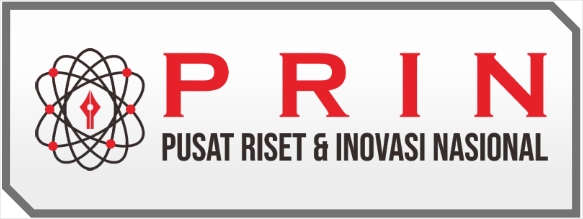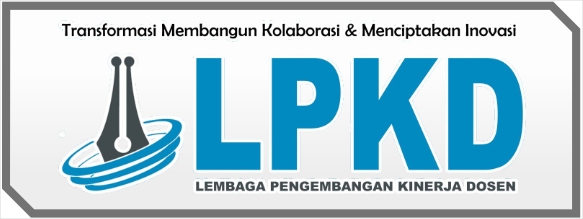Perdarahan Intraserebral
DOI:
https://doi.org/10.55606/jikg.v1i4.1677Keywords:
Intracerebral Haemorrhage, Neural stem cells, Microglia, Toxic substanceAbstract
Haemorrhagic stroke, or also known as spontaneous intracerebral haemorrhage (PIS), is one of the pathological types of stroke caused by intracerebral blood vessels. This condition causes neurological symptoms that occur suddenly and often followed by symptoms due to the spatial effects or increased intracranial pressure (TIK). Generally speaking, the number of strokes is increasing, according to (RISKESDAS) the Ministry of Health of the Republic of Indonesia there is an increase in stroke prevalence from 8.3 (2007) to 12.2 (2013) per 1000 people. In PIS, primary injury occurs: neuron and glia damage mechanically followed by deformation, neurotransmitter release, mitochondrial dysfunction and cell membrane depolarization. Secondary injuries due to haemoglobin breakdown and coagulation factors especially thrombin. The product will activate microglia so it produces toxic substances such as reactive oxygen species (ROS), matrix metalloproteinase (MMP), cyclooxygenase-2, prostaglandin, heme oxygenase-1 (HO-1), complement factor, tumour necrotizing factor α (TNF α), and interleukin 1β causing network injury. In addition to injury, there's also a replacement of dead cells through the neurogenesis process, which is the growth of neuronal stem cells in the subventricular and hippocampus areas. The number of hemorrhagic strokes in Asia is higher than in the West. This could be due to the high incidence of hypertension in the Asian population.
References
Mayza A, Safri AY, Rasyid A, Tiksnadi A, Budikayanti A, Imran D, Lastri DN, dkk. Buku Ajar Neurologi. Jakarta: Penerbit Kedokteran Indonesia; 2017.
Hemphill JC, Greenberg SM, Anderson CS, Becker K, Bendok BR, Cushman M, dkk. Guidelines for the management of spontaneous intracerebral hemorrhage. A guideline for healthcare professionals from the American heart association/ American stroke association. Stroke. 2015;46(12):1-34.
Broderick, Connolly S, Feldmann E, Hanley D, Kase C, Krieger D, dkk. Guidelines for the management of spontaneous intracerebral hemorrhage in adults 2007 update: a guideline from the American Stroke Association Stroke Council, High Blood Pressure Research Council, and the Quality of Care and Outcomes in research interdisciplinary working group. Stroke. 2007;38:2001-23.
Elliott J, Smith M. The Acute Management of Intracerebral Hemorrhage: A Clinical Review. Anesthesia &Analgesia. 2010; 110(5):1419-1427.
Adam RD, Victor M. Principles of neurology. Edisi ke-8. New York: Mc Graw Hill; 2005.
Badan Penelitian dan Pengembangan Kesehatan Departemen Kesehatan Rl. Riset kesehatan dasar (RISKESDAS) 2013. Jakarta: Departemen Kesehatan R1;2014.
Yudiarto F, Machfoed M, Darwin A, Ong A, Karyana M, Siswanto. Indonesia stroke registry. Neurology. 2014;82(10): suppl 110-2.003.
Flaherty ML, Woo D, Broderick JP. The epidemiology of intracerebral hemorrhage. Dalam: Carhuapoma JR, Mayer SA, Hanley DF, editor. Intracerebral hemorrhage. Cambridge: Cambridge University Press; 2010. h. 1-10.
Caplan LR. Stroke: a clinical approach. Edisi ke-4. Philadelphia: Saunders Elsevier Inc; 2009.
Biller J. Practical neurology. Philadelphia: Lippincott Williams & Wilkins; 2009.
Downloads
Published
How to Cite
Issue
Section
License
Copyright (c) 2023 Jihan Nabila, Basli Muhammad

This work is licensed under a Creative Commons Attribution-ShareAlike 4.0 International License.


















